- +256 781233665
- info@cybamedia.com
- Shop A-24, University Plaza
What are the different types of 3D signage
Product Highlights
Moreover, familiarity with 3D lines and CAD software is essential for those looking to delve deeper into the technical aspects of 3D design. Whether you’re creating signage for a small business, a large corporation, or an event, the options available online make it easier than ever to find the perfect solution. Explore various options, compare prices, and choose the best fit for your needs.
Description
Understanding the Different Types of 3D Signage: A Comprehensive Guide
3D signage has become an essential element in modern branding and advertising, offering a dynamic and eye-catching way to convey messages. Whether you’re looking to enhance your storefront, create impactful event displays, or boost brand visibility, understanding the various types of 3D signage is crucial. This guide will explore the different types of 3D signs, how to create them, and delve into the technical aspects like 3D lines and 3D CAD.
We’ll also address common questions and provide insights into specific search queries related to 3D signage.
What Are the Different Types of 3D Signs?
3D signs come in various forms, each serving distinct purposes and offering unique aesthetic appeal. Here’s a breakdown of the most popular types:
1. Acrylic 3D Signs
Acrylic is a versatile material widely used in 3D signage. These signs are known for their sleek and modern appearance, making them a popular choice for businesses aiming for a professional look.
- Key Features:
- Highly customizable with a glossy finish.
- Available in various colors and thicknesses.
- Durable and weather-resistant, making them suitable for both indoor and outdoor use.
2. Metal 3D Signs
Metal signs are durable and offer a sophisticated, industrial look. Common materials include aluminum, stainless steel, and brass.
- Key Features:
- Extremely durable and long-lasting.
- Can be polished, brushed, or painted to achieve different finishes.
- Ideal for high-end businesses, such as law firms, hotels, and corporate offices.
3. Wooden 3D Signs
Wooden 3D signs offer a rustic, natural feel, making them perfect for businesses wanting to convey a warm, organic brand image.
- Key Features:
- Eco-friendly and sustainable.
- Can be stained, painted, or left in its natural state.
- Suitable for indoor use, though treated wood can be used outdoors.
4. Foam 3D Signs
Foam signs are lightweight and cost-effective, making them an excellent option for temporary or indoor signage.
- Key Features:
- Easy to install and transport.
- Highly customizable in terms of shape, size, and color.
- Not as durable as other materials, typically used for short-term displays or events.
5. LED-Illuminated 3D Signs
LED signs are becoming increasingly popular for their ability to attract attention both day and night.
- Key Features:
- Energy-efficient lighting options.
- Can be combined with acrylic or metal for a modern, luminous effect.
- Ideal for businesses operating in nightlife, entertainment, or retail sectors.
6. Channel Letter Signs
Channel letter signs are a type of 3D sign where each letter is created individually and often illuminated from within.
- Key Features:
- Highly visible and customizable.
- Suitable for outdoor advertising, especially for storefronts.
- Can be non-illuminated or LED-lit.
What Are the Different Types of 3D Signage PDF?
For those interested in detailed specifications, a PDF guide on the different types of 3D signage can be incredibly useful. These PDFs often include:
- Material Specifications: Detailed descriptions of materials like acrylic, metal, and wood, including their properties and best-use scenarios.
- Design Templates: Basic design templates that can be customized to fit specific branding needs.
- Installation Guides: Step-by-step instructions for setting up various types of 3D signs, whether they are wall-mounted or freestanding.
What Are the Different Types of 3D Signage and Their Uses?
Each type of 3D signage has its specific uses, determined by factors like the environment, target audience, and brand identity. Here’s a quick guide:
- Acrylic Signs: Ideal for modern, sleek branding, commonly used in tech companies, spas, and medical offices.
- Metal Signs: Best suited for businesses that want to project a high-end, professional image, like law firms and luxury retailers.
- Wooden Signs: Perfect for eco-friendly brands or businesses in the hospitality industry.
- Foam Signs: Great for temporary events, trade shows, and interior signage.
- LED Signs: Ideal for businesses that operate at night or in dimly lit environments, such as bars, clubs, and retail stores.
- Channel Letters: Best for large storefronts where visibility is crucial, especially in shopping malls or along busy streets.
How to Create a 3D Signage?
Creating 3D signage involves several steps, from concept development to final installation. Here’s a simplified process:
1. Concept Development
Begin by identifying the purpose of the sign and the message you want to convey. Consider the location, target audience, and the overall brand image. Sketch out a rough design, keeping in mind the size, shape, and material.
2. Design and Prototyping
Using design software, create a digital prototype of the sign. Tools like Adobe Illustrator or CorelDRAW are excellent for 2D design, which can then be converted into a 3D model using software like Blender or AutoCAD.
3. Material Selection
Choose the material based on the intended use. For example, use acrylic or metal for outdoor signs and foam or wood for indoor applications.
4. Manufacturing
Once the design is finalized, the sign is manufactured. This can involve cutting, molding, painting, and assembling the various components.
5. Installation
Finally, the sign is installed in its designated location. Professional installation is recommended, especially for large or illuminated signs.
What Are the Different Types of 3D Lines?
In 3D design, lines are essential elements that define the shape and form of an object. Different types of 3D lines include:
- Contour Lines: Outline the shape of the object, defining its silhouette.
- Hidden Lines: Represent edges that are not visible from a particular angle, often dashed in technical drawings.
- Center Lines: Indicate the center of circular objects, crucial for aligning different parts in a design.
- Projection Lines: Help project the shape from one view to another, used in technical drawings to represent different views (top, side, front).
Understanding these lines is crucial when creating or interpreting 3D designs, especially in CAD software.
What Are the Different Types of 3D CAD?
3D CAD (Computer-Aided Design) software is essential for creating precise 3D models of signage. Different types of 3D CAD software include:
- Parametric CAD: Allows for the creation of models based on parameters and relationships. Examples: SolidWorks, AutoCAD.
- Direct CAD: Provides more flexibility by allowing for modifications directly on the geometry without constraints. Examples: Siemens NX, PTC Creo.
- Freeform CAD: Used for more organic shapes and complex designs, often used in industrial design and animation. Examples: Rhino, Autodesk Alias.
- Hybrid CAD: Combines features of parametric and direct CAD, offering both flexibility and precision. Example: Autodesk Inventor.
What Are the Different Types of 3D Signage Acrylic Online?
Acrylic is a popular material for 3D signage, available in various forms online. The types include:
- Laser-Cut Acrylic Signs: Precisely cut using laser technology for intricate designs.
- Printed Acrylic Signs: Combine digital printing with acrylic for vibrant, full-color designs.
- Layered Acrylic Signs: Multiple layers of acrylic to create depth and a multi-dimensional effect.
- LED-Backlit Acrylic Signs: Integrate LED lights with acrylic for a glowing effect, ideal for modern signage.
Conclusion
Understanding the different types of 3D signage is crucial for choosing the right option for your brand or business. From materials like acrylic and metal to more budget-friendly options like foam, each type serves a unique purpose. Creating 3D signage involves careful planning, design, material selection, and execution.
Moreover, familiarity with 3D lines and CAD software is essential for those looking to delve deeper into the technical aspects of 3D design. Whether you’re creating signage for a small business, a large corporation, or an event, the options available online make it easier than ever to find the perfect solution. Explore various options, compare prices, and choose the best fit for your needs.
Tags: 3D acrylic signs Uganda, 3D Illuminated signs in Uganda, 3D LED signs Uganda, 3D letters signs Uganda, 3D logo signs Uganda, 3D metal signs Uganda, 3D sign design Uganda., 3D sign installation Uganda, 3D Wall signs in Uganda, Where to buy 3D signs in Uganda
Be the first to review “What are the different types of 3D signage” Cancel reply
- 3D Logo Designs In Kampala, 3D Printing Services in Kampala, 3D Signage In Uganda, Branding Services In Uganda, Graphics Designing In Kampala, Logo Design Company in Kampala, Logo Designer In Uganda, Pylon Signs In Uganda, Signage Designer In Uganda, Uganda Logo Design Company
3D Metal Logos in Kampala
- 3D Logo Designs In Kampala, 3D Printing Services in Kampala, 3D Signage In Uganda, Branded Safety Wear In Kampala, Branding Services In Uganda, Digital Marketing In Kampala, Graphics Designing In Kampala, Logo Design Company in Kampala, Logo Designer In Uganda, Printing Services In Kampala, Promotional Items, Pylon Signs In Uganda, Signage Designer In Uganda, Uganda Logo Design Company
Visual content creation In Uganda
Visual content creation in Uganda is a powerful tool for businesses and individuals looking to enhance their branding, marketing, and… - 3D Printing Services in Kampala, Banner Printing In Uganda, Books Printing & Publishing, Brochure Printing, Business Card Printing, Digital Printing, Flyers & Brochure Printing, Graphics Designing In Kampala, Large Format Printing In Kampala, Magazine Printing In Uganda, Printing Services In Kampala, Stickers Printing In Kampala, T- Shirt Printing In Uganda, Teardrop Banner Printing Services in Uganda, UV Printing In Uganda
Digital Printing Technology In Uganda
Discover how digital printing technology can transform your ideas into reality with Cybamedia, the leader in Uganda’s printing industry! - 3D Printing Services in Kampala, Banner Printing In Uganda, Books Printing & Publishing, Business Card Printing, Digital Printing, Flyers & Brochure Printing, Large Format Printing In Kampala, Magazine Printing In Uganda, Printing Services In Kampala, Stickers Printing In Kampala, T- Shirt Printing In Uganda, Teardrop Banner Printing Services in Uganda, UV Printing In Uganda
Outdoor Banners Printing In Uganda
Get your outdoor banner printed with Cybamedia, the leading provider of banner printing services in Uganda! - 3D Printing Services in Kampala, Banner Printing In Uganda, Books Printing & Publishing, Brochure Printing, Business Card Printing, Digital Printing, Flyers & Brochure Printing, Magazine Printing In Uganda, Printing Services In Kampala, Stickers Printing In Kampala, T- Shirt Printing In Uganda, Teardrop Banner Printing Services in Uganda, UV Printing In Uganda
Digital Printing Near Me In Uganda
Trust Cybamedia for all your digital printing needs in Uganda, and experience the best in quality, speed, and affordability! - 3D Logo Designs In Kampala, 3D Printing Services in Kampala, 3D Signage In Uganda, Branded Safety Wear In Kampala, Branding Services In Uganda, Logo Design Company in Kampala, Logo Designer In Uganda, Printing Services In Kampala, Promotional Items, Pylon Signs In Uganda, Signage Designer In Uganda, Uganda Logo Design Company
Label printing In Kampala
Label printing in Kampala is an essential service for businesses and individuals looking to enhance their branding and product presentation.…
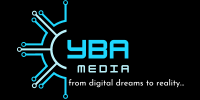
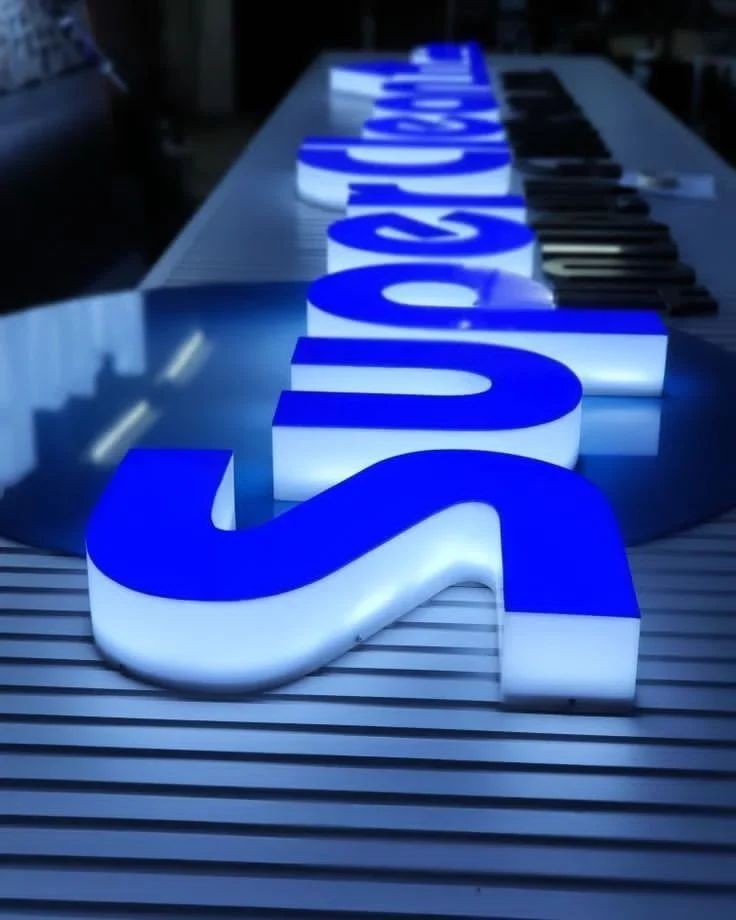


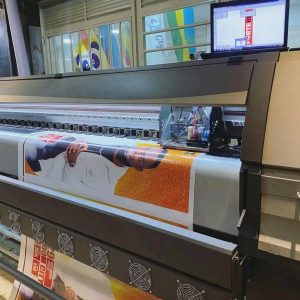



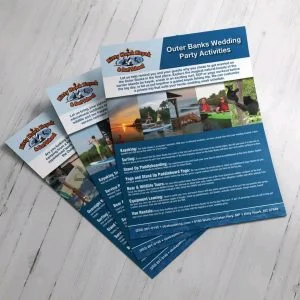

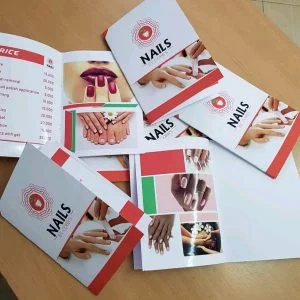


Reviews
There are no reviews yet.